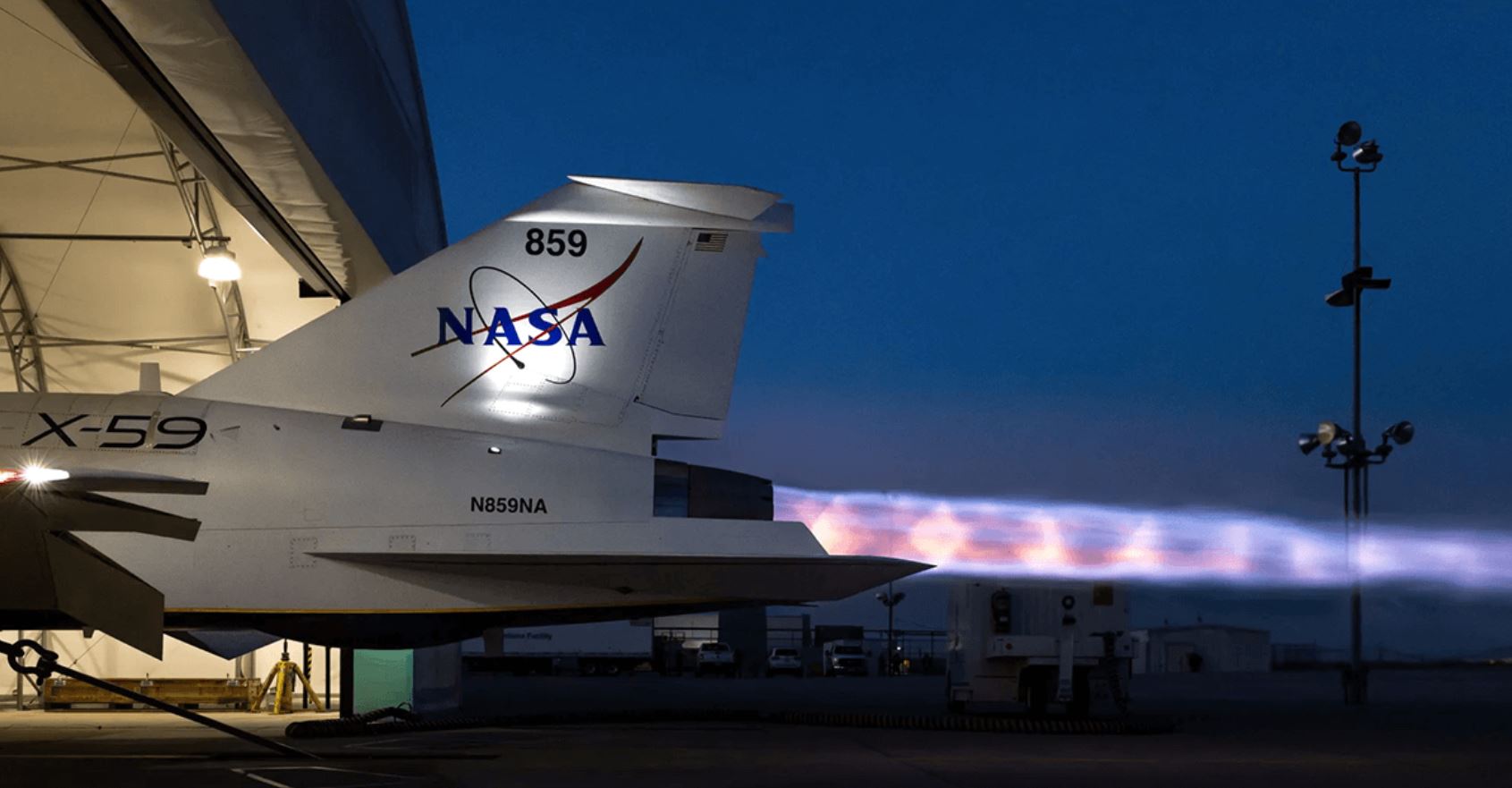 NASA’s innovative X-59 has recently taken a promising step towards quiet supersonic flight. On July 10, 2025, the jet began its taxi tests at the U.S. Air Force Plant 42 in Palmdale, California, marking its first movement under its own power. These ground tests are crucial to check the aircraft’s handling and evaluate its systems before stepping up to higher-speed trials.
NASA’s innovative X-59 has recently taken a promising step towards quiet supersonic flight. On July 10, 2025, the jet began its taxi tests at the U.S. Air Force Plant 42 in Palmdale, California, marking its first movement under its own power. These ground tests are crucial to check the aircraft’s handling and evaluate its systems before stepping up to higher-speed trials.
Test pilot Nils Larson led the initial low-speed taxi test, a significant milestone that builds confidence for upcoming evaluations just before takeoff. By confirming that every system is running smoothly, NASA is carefully paving the path to a successful maiden flight.
Engineered for a cruise speed of Mach 1.4 (approximately 925 mph) and capable of reaching altitudes of 55,000 feet, the X-59 is a key part of NASA’s Quesst mission. The jet has been designed to replace the disruptive sonic boom with a much gentler ‘thump’ at around 75 decibels—a sound reminiscent of a car door closing. This quieter flight profile could transform supersonic travel over land by reducing noise for communities below.
Additional tests in a specialised supersonic wind tunnel in Chofu, Japan, conducted in partnership with the Japanese Aerospace Exploration Agency (JAXA), have helped validate the X-59’s sound signature. The insights gathered from these trials, along with future flight data, will be shared with global regulators as they work to set new noise standards, ultimately heralding a fresh era of efficient, less disruptive air travel.
If you’ve ever been concerned about the impact of loud sonic booms on communities, this development offers a reassuring glimpse into a quieter future in aviation.








